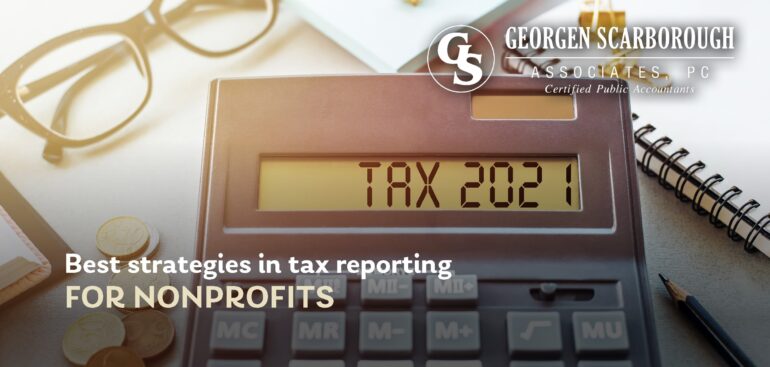Compelling annual reports from non-profits can highlight the journey, mission, impact, and goals achieved during the year. It is usually sent to the donor base as well as stakeholders. Annual reports give stakeholders and donors information on what the non-profit has been doing in the last year. This increases the non-profit’s levels of accountability, transparency, and trustworthiness. Georgen Scarborough, experts in tax and financial consulting services, can tell you here what should be included in a non-profit’s annual report.
More and more non-profit organizations are going paperless with digital annual reports while some older, more traditional ones still prefer hard copies that can be felt and held by their donors. However, the two main questions to ask yourself before embarking upon the development of an annual report are:
- Who is the audience you are targeting?
- What information do you want to convey?
Georgen Scarborough recommends including the following to build a comprehensive, well-round annual report:
Mission and vision
Begin your annual report by structuring the values and purpose of your non-profit into a concise and clear statement. This is the non-profit’s mission statement. The missions statement provides supporters, donors and stakeholders with firsthand information on your objectives before delving into more comprehensive data.
Achievements
The main focus of the annual report should be on the accomplishments of the last 12 months. This includes the events, the number of volunteers engaged, breakdown of projects, and the like. Using statistics and visual representation of these figures can be a powerful way to showcase your achievements.
Financial statement
It is important to tell your donors and supporters how their money is being used for a good cause. Be transparent and honest about your organization’s finances, which can enhance trustworthiness too. A comprehensive representation of the organization’s expenses can encourage supporters to donate more, especially if they feel you have handled the donations responsibly and effectively.
Contributions
It is necessary to show your gratitude by highlighting the major contributors, supporters, board members, and hardworking staff members. These are who have helped accomplish all you have done in the last 12 months. You can also end the annual report with a list of donors, irrespective of how much they have contributed in cash or in-kind, to thank them.
For more information on how to create an effective and donor-centric annual report for your non-profit, contact Georgen Scarborough today.


